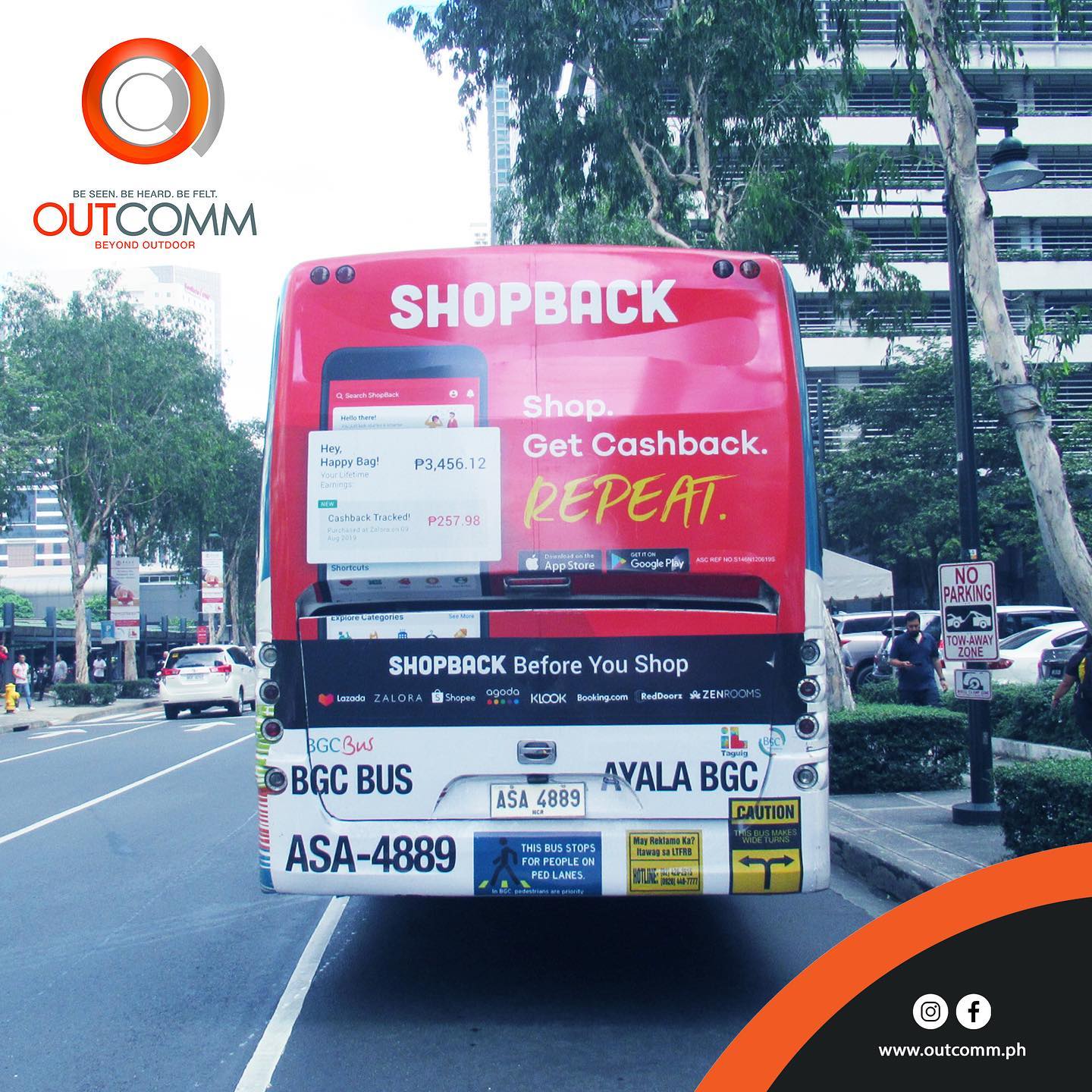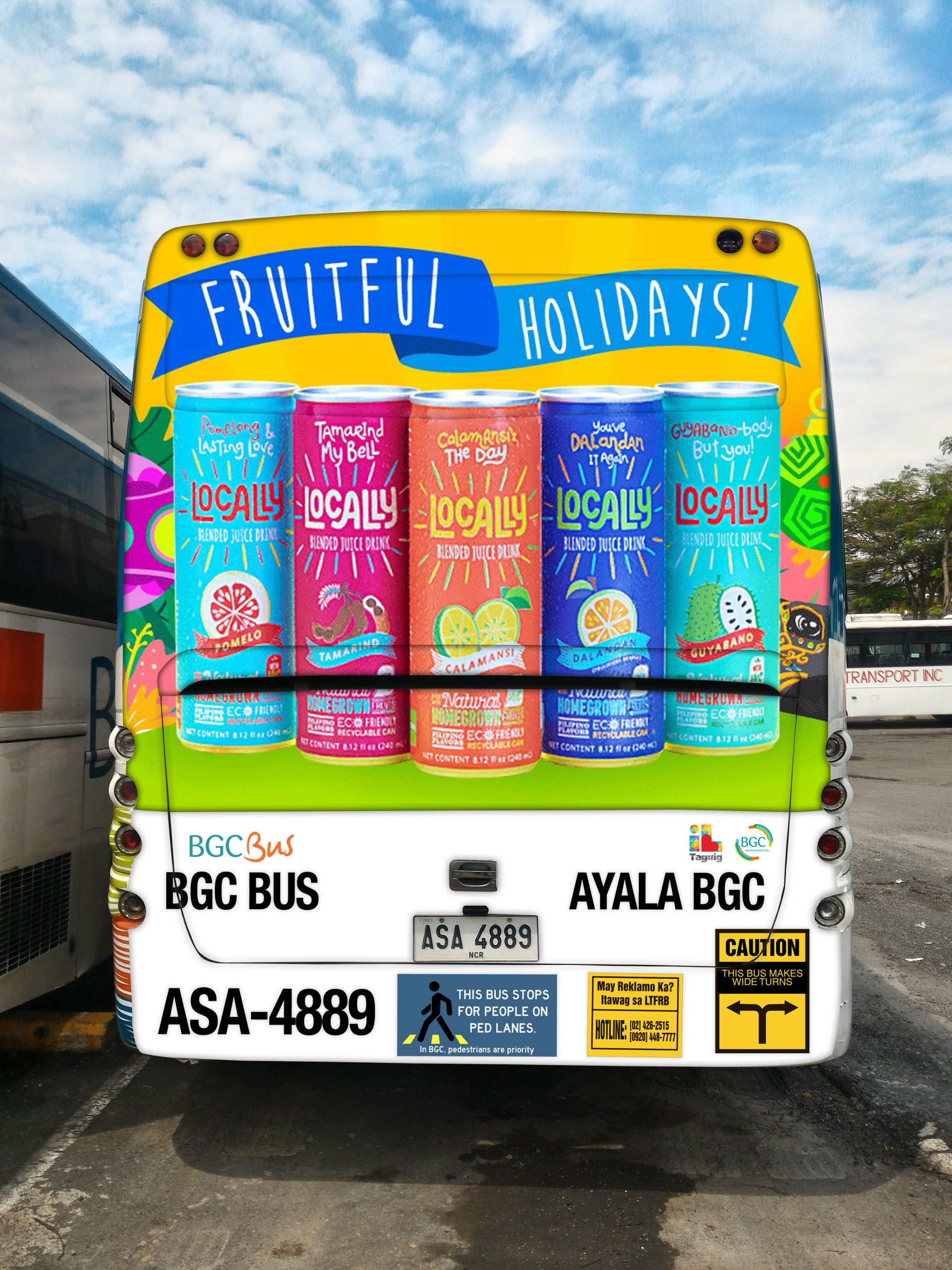Effective Transit Advertising Philippines to Expand Your Target market
Effective Transit Advertising Philippines to Expand Your Target market
Blog Article
Recognizing the Duty of Transit Advertising And Marketing in Enhancing Brand Exposure and Customer Engagement
Transit advertising has actually emerged as a critical aspect in the advertising and marketing landscape, providing one-of-a-kind possibilities for brands to boost their visibility and engage consumers successfully. With the capacity to reach a varied and restricted audience during their everyday commutes, these advertising and marketing strategies are not simply regarding presence; they have to do with creating significant connections with possible consumers. As we explore the multifaceted benefits and ingenious techniques within transportation advertising, it becomes vital to think about just how these components jointly affect consumer perception and behavior, raising questions regarding their long-lasting effect on brand name loyalty.
Meaning of Transit Advertising And Marketing
Transportation marketing refers to the technique of advertising products, services, or brands with promotions put in and around mass transit systems. This kind of advertising and marketing includes a range of placements, consisting of posters on trains and buses, digital screens at transportation terminals, and covers on the exterior of lorries. It intends to reach a varied audience, maximizing the high foot web traffic connected with public transportation.
Transportation advertising is purposefully positioned to record the interest of commuters, that typically spend substantial time waiting or traveling. By integrating promotions into the day-to-day routines of people, brands can develop an enduring impact and foster brand recognition. The tool is especially effective in city environments, where public transport is a main setting of travel.
In addition, transportation marketing can facilitate local targeting, permitting services to get to particular demographics based on transportation routes and station areas. As urban populations expand and using public transportation increases, this marketing approach has acquired prestige as a vital element of incorporated marketing approaches. The dynamic nature of transit marketing, incorporated with its ability to engage consumers in a restricted environment, emphasizes its significance in modern advertising and marketing methods.
Benefits of Transportation Advertising And Marketing
The effectiveness of transit advertising depends on its capacity to deliver a wide range of benefits to brand names looking for to improve presence and engagement. One of the primary advantages is the comprehensive reach it provides; transit ads can successfully target varied demographics throughout metropolitan locations, getting to both pedestrians and commuters alike. This broad exposure substantially improves brand understanding.
An additional benefit is the high frequency of impacts. As transportation vehicles follow well established courses and stop at multiple places, they create repetitive exposure that enhances brand name messages. This regularity promotes familiarity, which is essential in consumer decision-making.
Transportation advertising and marketing is additionally economical compared to other media systems. Provided its extensive reach and possibility for high impressions, brand names usually experience a reduced expense per thousand impacts (CPM), optimizing their advertising and marketing spending plan.
Additionally, transit advertisements can develop a feeling of neighborhood connection. By straightening with regional transit systems, brand names can resonate with local audiences and foster a feeling of regional satisfaction. This localized approach boosts brand name loyalty and involvement, making transit advertising an engaging option for companies intending to solidify their visibility in the marketplace.

Effective Methods for Transit Projects
To take full advantage of the impact of transit campaigns, brand names ought to utilize tactical preparation and execution tailored to their target market. First, recognizing the demographic attributes of the audience utilizing public transportation is essential. This permits brand names to create individualized messaging that reverberates with potential clients.
Following, selecting the ideal transportation tools is vital. Whether making use of bus wraps, subway posters, or electronic displays, each tool has distinct advantages that can boost visibility. As an example, lively visuals on bus covers can stand out, while electronic advertisements can be updated frequently to show prompt promos.
Moreover, integrating a cohesive branding method across transportation systems ensures consistency and strengthens the brand's identity. Using memorable taglines and appealing styles will certainly strengthen brand name recall amongst travelers.
Last but not least, timing is a key consider performing successful transit campaigns. Releasing campaigns throughout height traveling hours or regional occasions can significantly boost exposure and involvement. By using these approaches, brand names can properly harness the possibility of transportation marketing, promoting higher awareness and link with their target market. Inevitably, a well-executed transportation campaign can drive substantial growth in brand visibility and customer interaction.

Determining Effect and Engagement
In reviewing the efficiency of transit ad campaign, exact measurement of impact and involvement is vital for brands looking for to optimize their advertising and marketing techniques. Metrics such as reach, regularity, and perceptions offer fundamental data to analyze exposure. Assessing these aspects helps establish the number of prospective customers are subjected to the advertisements during their day-to-day commutes.
Engagement can be additional evaluated through customer communications, such as site web traffic, social media points out, and straight reactions to calls-to-action included in the ads. Using devices like QR codes or distinct Links can promote tracking of customer habits straight connected see this page to transit campaigns. Studies and responses mechanisms likewise function as valuable techniques to collect qualitative information on customer perceptions and recall of the ad.
In addition, progressed analytics and attribution designs can associate transportation direct exposure with succeeding acquiring actions, supplying understandings into the roi. By utilizing a thorough approach that combines qualitative and quantitative steps, brand names can create a nuanced understanding of their transportation advertising and marketing influence. Ultimately, this data-driven strategy enables brands to refine their campaigns, ensuring they resonate effectively with target audiences and enhance overall brand name presence.
Study of Effective Projects
Effective transportation ad campaign function as compelling instances of just how reliable approaches can raise brand name exposure and engagement. Transit Advertising Philippines. One notable case is the "I Love New york city" project, which transformed the city's photo and brought in countless travelers. By utilizing subway advertisements, billboards, and bus wraps, the project produced a strong, cohesive brand name identification, causing a substantial uptick in tourism and regional organization patronage
An additional excellent campaign is Coca-Cola's "Share a Coke" campaign, which leveraged transportation advertising to personalize the brand name experience. By featuring preferred names on advertising materials throughout different transit systems, Coca-Cola promoted a much deeper emotional link with consumers, urging them to share their experiences on social networks.
Additionally, the "Got Milk?" project efficiently made use of public transport ads to reach a broad audience, reinforcing the message of the value of milk in a balanced diet regimen. The campaign saw a quantifiable boost check over here in milk usage in target demographics.
These study illustrate that when performed attentively, transportation marketing can substantially boost brand name presence, foster consumer engagement, and drive quantifiable results, showing its vital function in modern-day marketing approaches. - Transit Advertising Philippines
Conclusion
In conclusion, transit advertising serves as a vital tool for enhancing brand name presence and cultivating customer involvement. Eventually, the capacity to measure engagement and assess successful situation researches highlights the efficiency of transit advertising in driving brand commitment and customer interactions.
Transit advertising and marketing has emerged as a pivotal component in the advertising and marketing landscape, using special opportunities for brands to raise their exposure and involve consumers effectively.In addition, transportation advertising can facilitate local targeting, permitting companies you can look here to get to certain demographics based on transit courses and station locations.In reviewing the efficiency of transit advertising and marketing campaigns, accurate dimension of impact and involvement is necessary for brands looking for to optimize their advertising and marketing strategies.Effective transit advertising and marketing campaigns offer as compelling instances of how efficient strategies can raise brand name presence and interaction.In verdict, transit advertising and marketing serves as an essential tool for improving brand exposure and cultivating consumer involvement.
Report this page